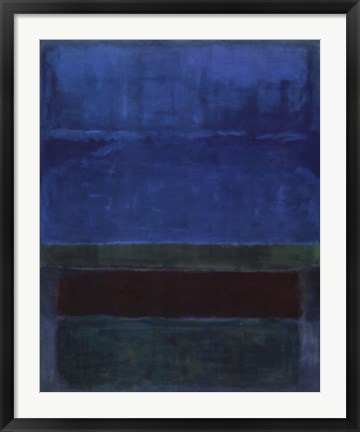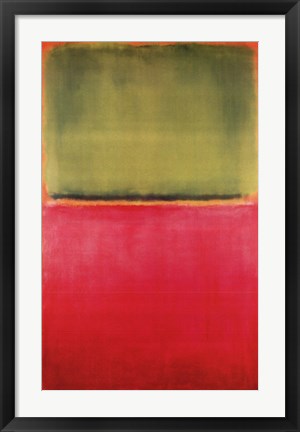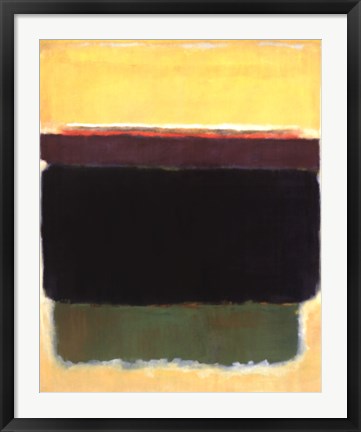Anyone who spends much time contemplating modernist painting in a museum is bound to hear at least one passerby scoff. "This is worth how much? I could have painted that." Flipping through thumbnails of his color field paintings in an art history textbook, one might at first be tempted to shovel Mark Rothko into this category, but upon experiencing these great works in person, one begins to wonder anew: who was the person behind this body of work, and where did these images come from?

Born in Latvia in 1903, the Jewish-American painter we know as Mark Rothko immigrated to the United States in 1913 as a result of his father's fear that his sons would be drafted into the Russian Army. They settled in Portland, Oregon, where young Marcus excelled in school, winning a scholarship to Yale University. Uncomfortable in this elitist environment, he never finished, but was later awarded an honorary degree. He eventually became an American citizen and changed his name from Marcus Rothkowitz to Mark Rothko to sound less Jewish, as a response to rising anti-Semitism as the Nazi party gained influence in Europe. After leaving Yale, Rothko subsequently found work in New York where he experienced the turning point into his career as a visual artist. Passing by the Art Students League, a figure drawing session caught his eye, and he began to take classes there and at the New York School of Design. Especially given the economic depression, his family was not supportive of Marcus's decision to become a professional artist, despite his beginning to gain respect within avant-garde art circles.

Rothko and other artists he associated with at the time feared that American painting had hit a wall, conceptually, becoming equated with the somewhat literal depiction of landscape and urban scenes. Even in this early work Rothko was interested in color as something that human beings respond to on a very basic level, beginning at a very young age. He believed that artistic clarity could be achieved through increasing levels abstraction, but his early work was still somewhat figurative. Rothko's interest in mythology and the writings of Nietzsche became a strong influence on his painting, beginning a quest to lessen the spiritual emptiness of the modern man.

Mark Rothko began creating work in what we now consider to be his signature style in the late 1940s. These paintings, which critics termed "multiform paintings," featured rectangular fields of color on a large vertical canvas. Some criticized their large scale as an attempt to compensate for lack of content, to which Rothko replied that the scale was meant to allow the viewer to step close enough to feel part of the work itself. "I want to be very intimate and human. To paint a small picture is to place yourself outside your experience, to look upon an experience as a stereopticon view or with a reducing glass. However you paint the larger picture, you are in it. It isn’t something you command!"

